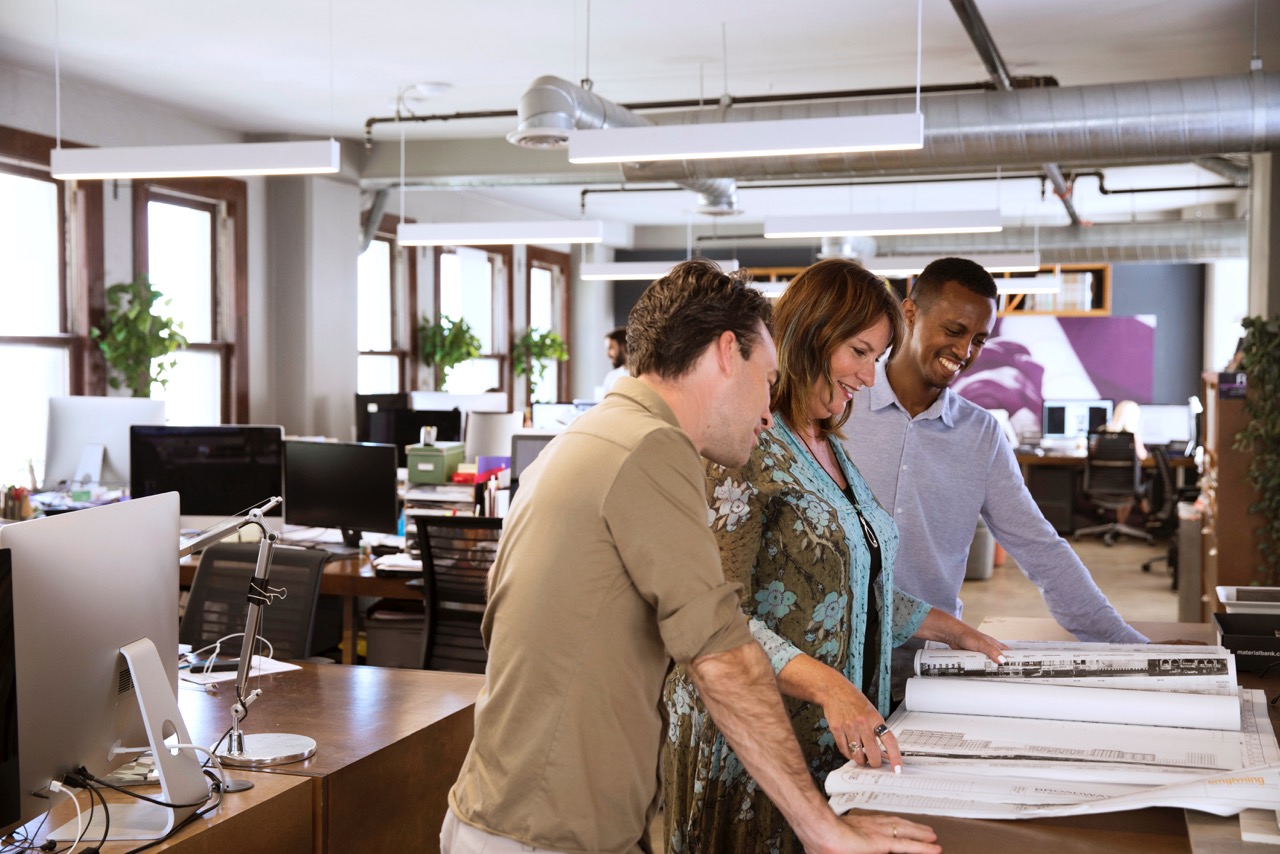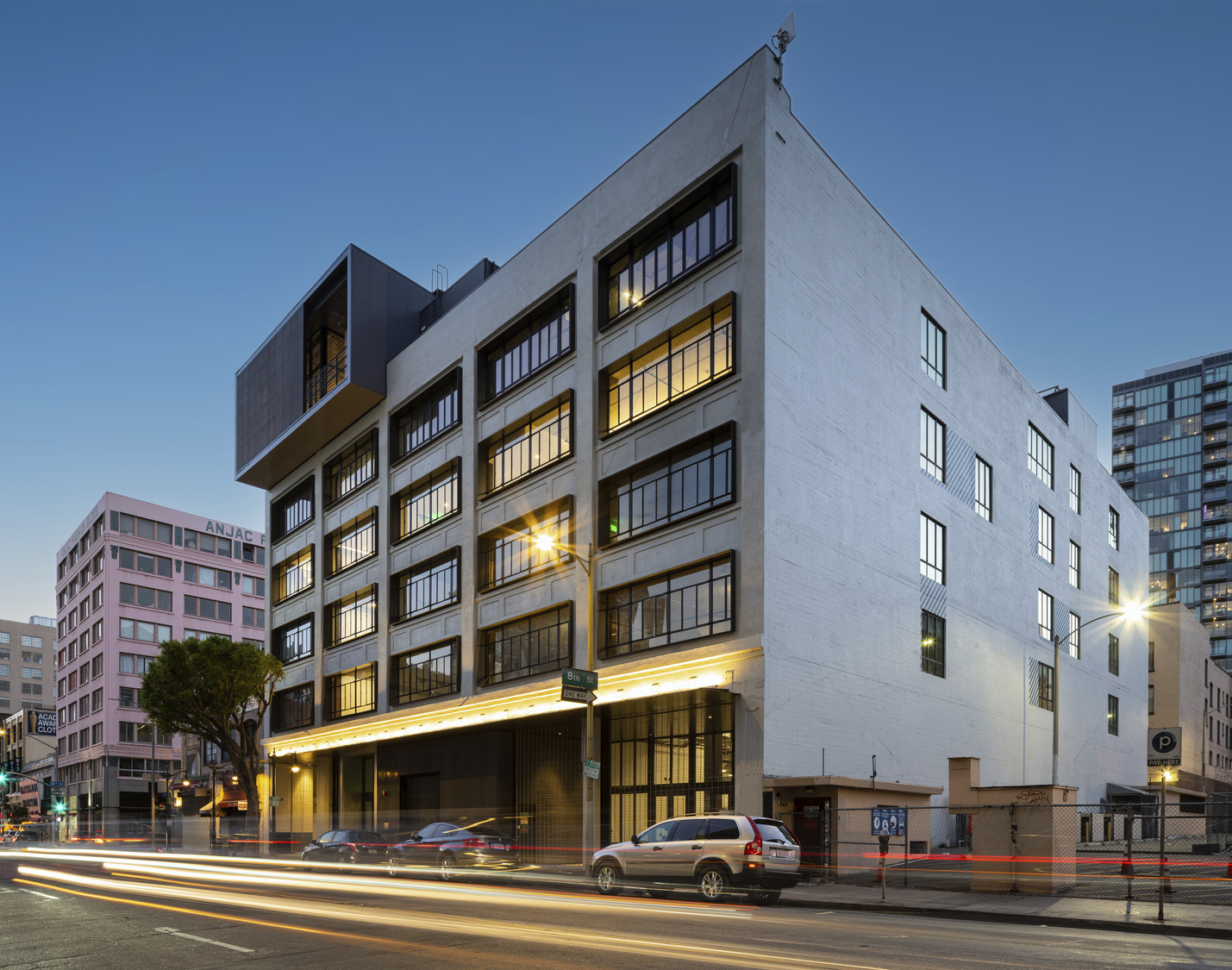Advocacy by Omgivning

As a practicing architecture and interior design firm, we hold a tremendous responsibility to our clients and, ultimately, to our communities to design solutions that positively impact our world. Since our founding in 2009, we have been at the forefront of advocacy and policy-making specifically targeting the reuse of buildings.
As early as 1999, before founding Omgivning, Karin Liljegren FAIA was the lead architect for 12 of LA’s first projects under the new Adaptive Reuse Ordinance. This ordinance catalyzed the return of historic downtown as a livable, walkable neighborhood, and launched our masterful understanding of the nuances and challenges of adaptive reuse. As one of the few with boots-on-the-ground experience, Karin started her advocacy efforts in 2001 and has carried them into the culture and core of Omgivning.

Here at Omgivning, we believe in being a catalyst for positive change. Our facility with the language of policy and development upends the idea that architecture is subservient to remote decisions by non-architects. By placing ourselves at the heart of the reform process, we are able to resolve complex technical, design, and economic challenges while uniting multiple constituencies. Our advocacy efforts demonstrate our commitment to urban revitalization by uniting the many interests of legislators, developers, planners, residents, and fellow architects.
Our design work and advocacy efforts are mutually reinforcing, and allow us to compound our impact on a community’s growth while adding deeper value to the solutions we provide. We operate at the broadest possible scale of policy while moving inward to affect a neighborhood’s blocks, buildings, and finally, the elements affecting a space’s individual users. This macro-to-micro approach ensures that every Omgivning project contributes to the vibrancy and resilience of the communities it serves.
The following is a list of efforts Omgivning has taken to make Adaptive Reuse projects faster, easier, and more affordable.

